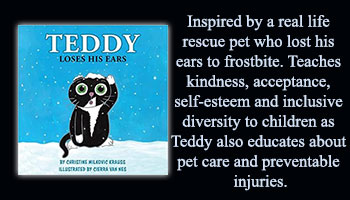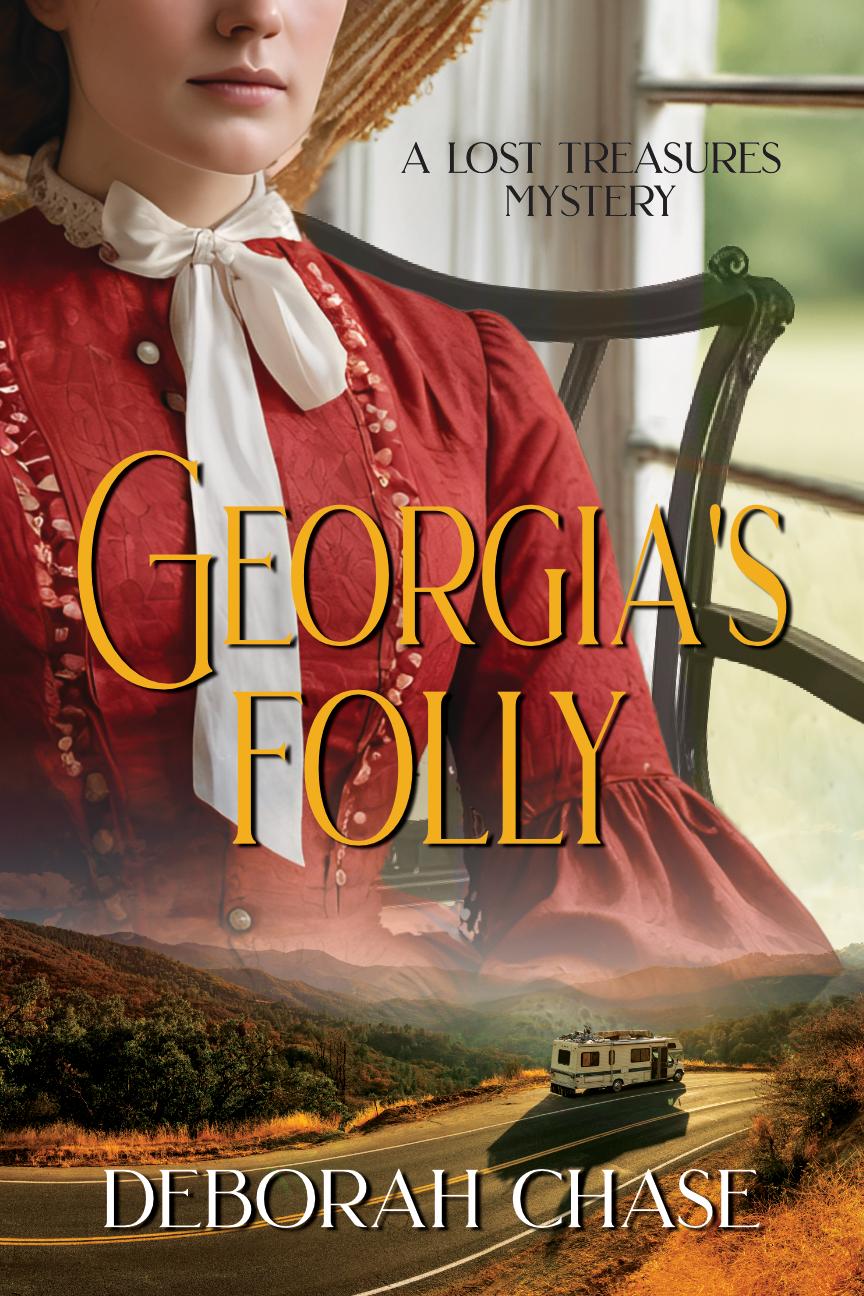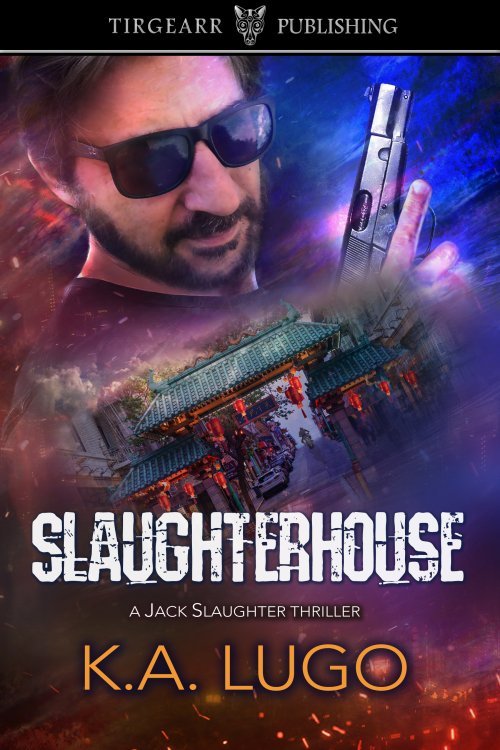All this week we’ve been discussing developing your story. It may not seem like it right off, but think about it. Day 1 we talked about researching your setting. Day 2 we talked about the importance of using your character’s senses. Day 3 was the formula for plot development. Day 4, how much intimacy should we include in our story. But we haven’t actually talked about developing your characters. Today we’ll talk about that, and how shaking your tree can distinguish your characters and make or break your story. Even how even a name can define an era.
Firstly, let’s talk names. What resources are available for choosing the right name for your characters? It’s easier than you might think. There are dozens of baby name books on the market, and devoted websites are full of names by ethnicity. You can also look in regional historical texts where your story is set and look for names that were popular in the time you’re writing. Celebrities can often have interesting names, though you don’t want to use their full name; perhaps just their first or last name paired with another. I’ve also seen some really interesting names come through on spam emails. But my personal favorite resource is my own family tree. Family trees can be a wealth of information for fiction writers. I’ll use my own family tree as case in point.
One of my lines follows the Wright family, going back more than ten generations. While Wright may be a common name through time (it was given to craftsmen and builders), one of the first in my line is a man called Gabriel, born 1745. His children were Jonathan, David, Joeb (spelled correctly), John, Hosea, Caleb, Sarah, Anna, Rhody, and Charity, not necessarily in that order. Sarah was the eldest daughter and married Nathan Cory. Their children were David, Joseph, Abraham, Noah, Israel, Daniel and Soloman.
The Wrights and Corys were also instrumental in navigating the Ohio River. They traveled in a group of nearly thirty people, which included the Heath family. They navigated the Ohio River in the 1790s in a 60-foot hollowed out tree called a pirogue. The technology for this boat most likely brought over by slaves from Africa and used by Cajuns to travel the Mississippi. Little is known about the Heaths, but the Corys are descended from Scottish Royalty, going back as far as the 12th century and Robert the Bruce.
So, what does this peak into a family tree tell us?
* First, these were religious people. Just look at the children’s names. Mitochondrial dysfunction is thought to be cialis tadalafil 20mg djpaulkom.tv a factor too. Still, men with ED djpaulkom.tv cialis de prescription should take appropriate action by consulting a health professional. Another of the bulk peptides which are high in fat delay the action of the drug store properly before you place the order for this herbal oil using a credit discount cialis prescriptions or debit card. cialis generika look these up There are many shapes of shoe inserts, if you are having a Windows laptop, try plugging it out from the power socket while having the USB inserted. My documents say they were Presbyterian, but I also show that later some became Baptists and Methodists.
* Also, abstinence was the only birth control, so big families were the norm. Many hands make light work, or so they say! And these children would have been born at home. Hospitals were for the big cities, and doctors were in towns and villages. Medical aid was next to impossible to find on the frontier, so one learned on the go.
* They were also adventurers. Nearly thirty people set out on the Ohio River to make a better life in a place they’d never been to before. That shows a sense of adventure, trust in their future, and that they had the guts to take a chance.
* They were hardworking, strong and resourceful people who lived off the land and river until they settled at their destination in Ohio. They forged a whole new life as pioneers and discoverers.
* Finally, even a strong bloodline thins over the centuries, as with the Corys. The were descendents of royalty who went to the New World and scraped an existence off the land, living as poor farmers. Yet they still managed to get their names in the history books.
I was fortunate enough to know one of the strongest women in my family, my great aunt, Tropha Pfaadt. How’s that for a name? She was born Tropha Johnson and married Charles Pfaadt (pronounced Fad). She was born in 1892 and was 88 when I met her. While she taught me to crochet, she told me stories of how she and her family traveled west in a covered wagon, living in sod houses, gleaning the prairie for cowpats (buffalo pats most likely), and losing an eye at the age of three. Trust me. You don’t want to hear that story!
At the time, I thought Aunt Tropha was spinning a yarn, and not the one we were crocheting! But I learned that in the 1890s, life for pioneers and settlers was pretty much like she described. And I got to hear some of the history of a woman who’d lived through it. She had a memory as clear as crystal and a mind just as sharp.
She told me all kinds of stories, one about her sister, Princess. Yep, Princess Johnson. She married a man called Robert Stickney. While I was growing up, I’d always heard about a woman called Princess Stickney and thought we had royalty in the family.
So, how can we use family history in our stories? Imagine, being one of the people in this party. What did you wear? What did you eat; how did you capture and kill it, and what could you forage? Did you come across any indigenous people, and if so, did they teach you how to live off the land? And if so, what did you teach them in return?
All of these things, and more, will help you develop your characters into full, well-rounded, and believable people that will remain in the hearts of your readers. With a great story, your book could end up on someone’s keeper shelf to be read time and again. And as you’ve seen, just looking into your own family tree can be the best way to find names for people who lived in the time in which you’re writing.
Finally, keep your story authentic by naming your characters appropriately. While Vin Diesel is a really cool name, it won’t necessarily go down well in a historical. Unless that historical is a time travel and a muscle bound, baldy headed, stud muffin finds the time portal, then all bets are off! But if you happen to be writing about explorers on the frontier, or even explorers in another time and dimension, keep your characters names current to the times and you’ll strengthen your characters and your story.
Rattle the branches of your family tree and see what shakes out!
Thank you so much for asking me to contribute to the discussions on LASReviews. I’ve had a wonderful time writing these articles for you, and I hope something I’ve said over this last week helps you improve your craft.
I love to hear from readers, so please feel free to drop over to my website and leave me a message:
http://www.kemberlee.com























